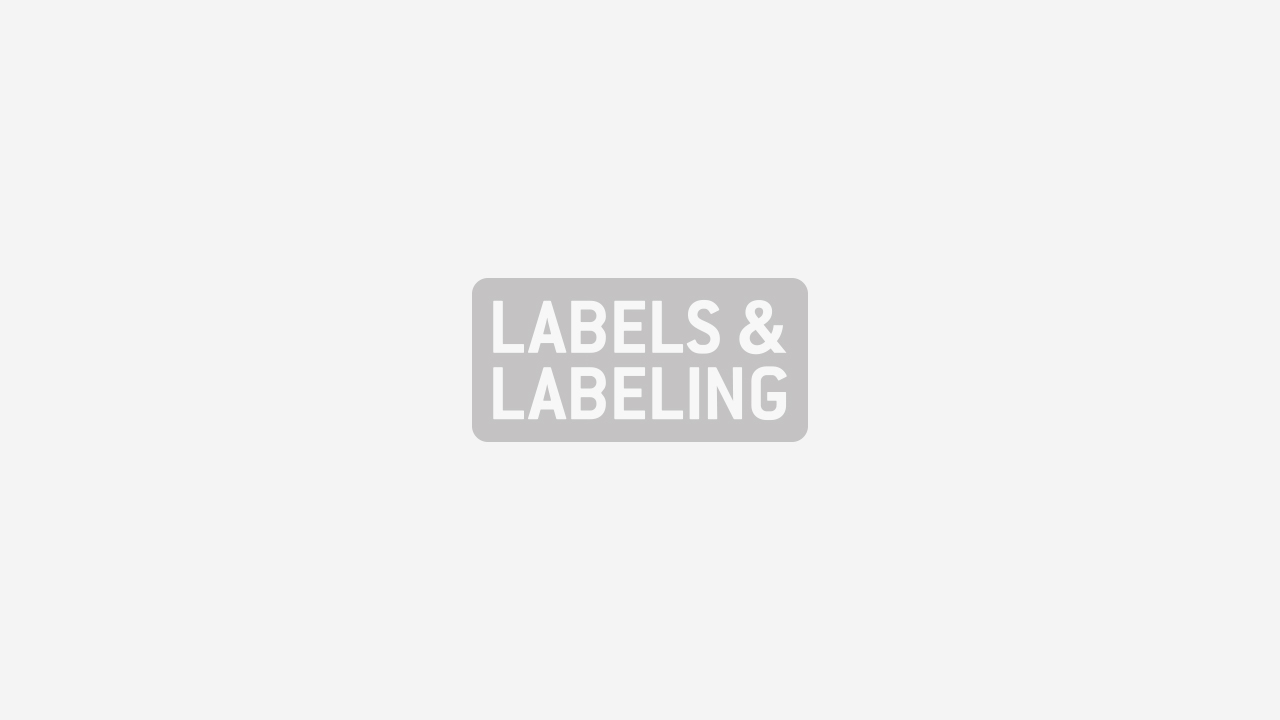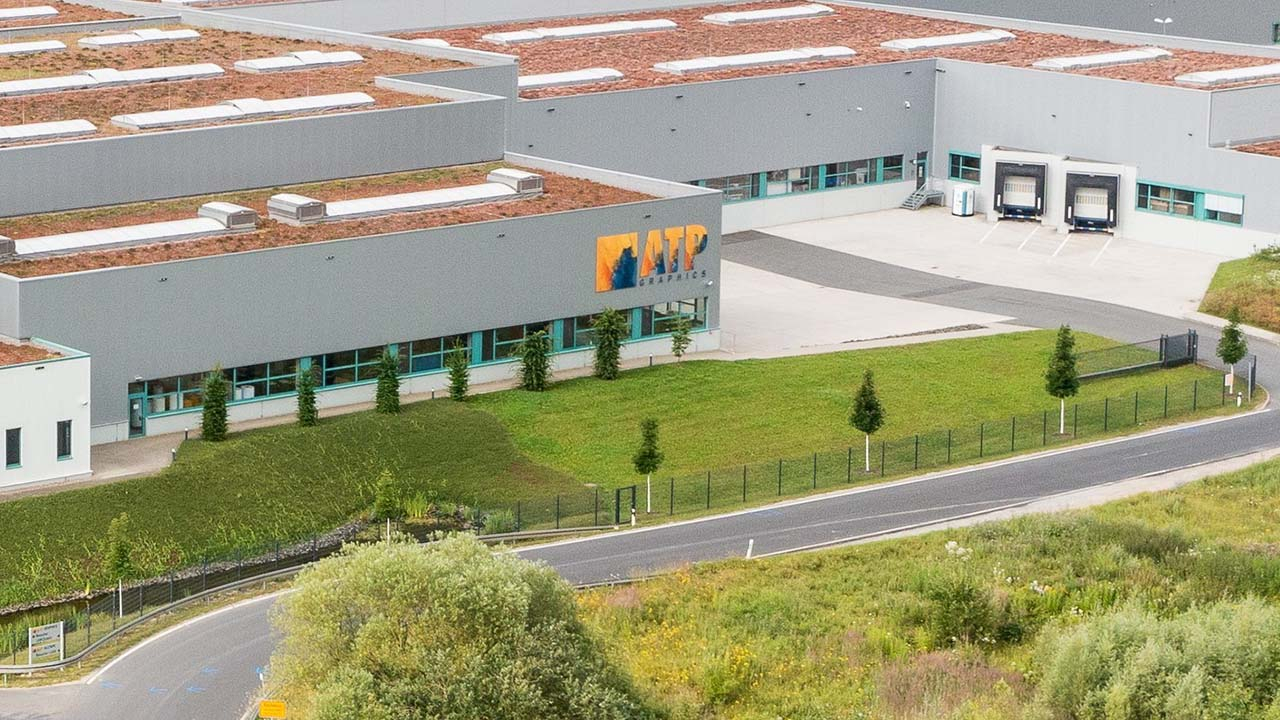American optimism

L&L North America editor Danielle Jerschefske analyzes the US converter market in a year when the country tried to haul itself out of the recession
The world welcomed 2010 without so much as a glance backwards. Business owners and the private sector alike spent most of 2009 recovering from the severe economic contraction of late 2008. Belts were tightened – everyone became a penny pincher.
The label industry appears to have spent this time wisely, honing its R&D efforts and improving manufacturing processes. The US Bureau of Economic Analysis has recorded an ‘advance estimate’US GDP increase at an annual rate of 2 percent during the third quarter of 2010, up from 1.7 percent growth in the second quarter. This expansion can be attributed to a further increase in consumer confidence and therefore personal consumption expenditures, private inventory investments, non-residential fixed investment, federal government spending and exports. Real personal consumption expenditures increased 2.6 percent in the third quarter, compared with an increase of 2.2 percent in the second.
According to the US Census Bureau of Foreign Trade Statistics, the US international trade deficit has increased to $46.3bn in August 2009 from $36.5bn in August 2010, as imports continued to increase more than exports. Exports were up 18 percent and imports up by 24 percent over the same time frame.
The majority of analysts believe that it’s possible for the economy to avoid a double dip recession; however, business owners are encouraged to set conservative sales forecasts, including some contingency planning for a second recession. Americans saved 4.2 percent of their disposable income last year, the highest level since 1998. Unemployment will drop no lower than 9.5 percent; some believe it could take until 2015 until the rate hits a normal five percent. For these reasons growth of less than 3 percent is forecast into 2011.
The market has evolved; the consumer mindset has changed. Retailers and brands have realized that they must renew their focus on consumers. At Labelexpo Americas this year, the industry heard from Rosemary Grabowski, VP of global market development at Dassault Systemes for Consumer Packaged Goods. There she discussed the term ‘store back design’ that has been coined by Procter & Gamble in reference to its new product marketing strategy, which relates closely to the First Moment of Truth when the consumer selects a product and the second moment when the product is used.
The store is recognized as being most pivotal in communicating with the consumer. Therefore all product marketing and development begins with the retail environment, driven from the label, packaging and point-of-purchase material.
Store brand products have gained further prominence on the store shelf, and will remain tough competition moving forward.
CPGs are finding growth by extending their global footprint, increasing the variables that come into play with label production: brand consistency with regard to color and defects, differentiation on the shelf, variety, promotion, regulatory content. Converters are expected to reduce the room for error irregardless of the circumstances – globalization, regionalization, personalization.
They are investing in new, more flexible capital equipment and are adopting new business strategies. Label converters are expanding their business portfolios to include flexible packaging, promotional labels, ID cards, pouches, folding cartons and more. Suppliers are supporting these moves by introducing more advanced materials, specialized inks formulated for enhanced print quality, fully servo driven presses, well-engineered production and ancillary equipment, full-color, faster digital presses and MIS systems to manage multiple workflows.
As seen at the Technology Workshops at Labelexpo, the introduction of HD Flexo to the pre-press world has given converters the ability to match flexo printed work with digitally produced jobs. HD Flexo gives brand owners the flexibility to interchange between technologies to suit their various needs.
The latest finishing systems are more plug and play, and are capable of converting raw material into a finished product all in-line. Streamlined efficiency will be key to success in the industry as pressures increase in the North American market. Advanced software systems will be required to link inventory and production data with design programs to reduce production time, increase quality, and reduce defects to increase a product’s speed to market.
New media has reached a new level of importance within business. The number of label industry suppliers and converters participating in social media avenues such as Twitter, Facebook, LinkedIn, and YouTube has more than quadrupled since October of 2009. A number of exhibitors at Labelexpo demonstrated smart phone applications that allow for remote, simple management of label and packaging production. Many leaders in the region have invested in website overhauls to re-organize content to better communicate with their customers the converters, brands, and retailers. Social media correspondence has been integrated into these new sites so business can take advantage of the new promotional avenues.
The rising use of new media as a normal form of social interaction has given more credibility than ever to interactive packaging. The market saw a number of new product introductions using advanced barcodes to reach the consumer like never before. Interactive packaging will continue to grow linking the consumer to web-based video games, promotional and charitable opportunities, and more information on issues such as sustainability. Current forms available – Augment Reality, ScanLife, JagTags and QR codes – give brands the chance to dig deeper into that second moment of truth when their product is in use.
Sustainability has further increased in importance as consumers, brands and retailers realize the financial benefits of adopting Green processes. Procter & Gamble and Wal-Mart have sustainability scorecards where suppliers are chosen based on their waste and energy reduction, water consumption and emissions controls. TLMI’s Project LIFE certification system, which was developed to help members cost effectively document and track these variables, will have over 20 certified parties by the close of the year.
There have been a number of mergers and acquisitions at all levels within the region. And large players are continuing to expand overseas. The region will continue to experience consolidation as the issue of over capacity is addressed and customers reduce inventories to all time lows. Private equity firms will continue to invest in the industry.
Lastly, the market is going through real leadership change as many leaders are retiring and beginning to exit the industry. TLMI has established a young leaders group that is taking charge of this movement and will work to increase educational and mentorship opportunities to prepare the new generation to shape the industry.
This article was published in the 2011 L&L Yearbook
Stay up to date
Subscribe to the free Label News newsletter and receive the latest content every week. We'll never share your email address.


